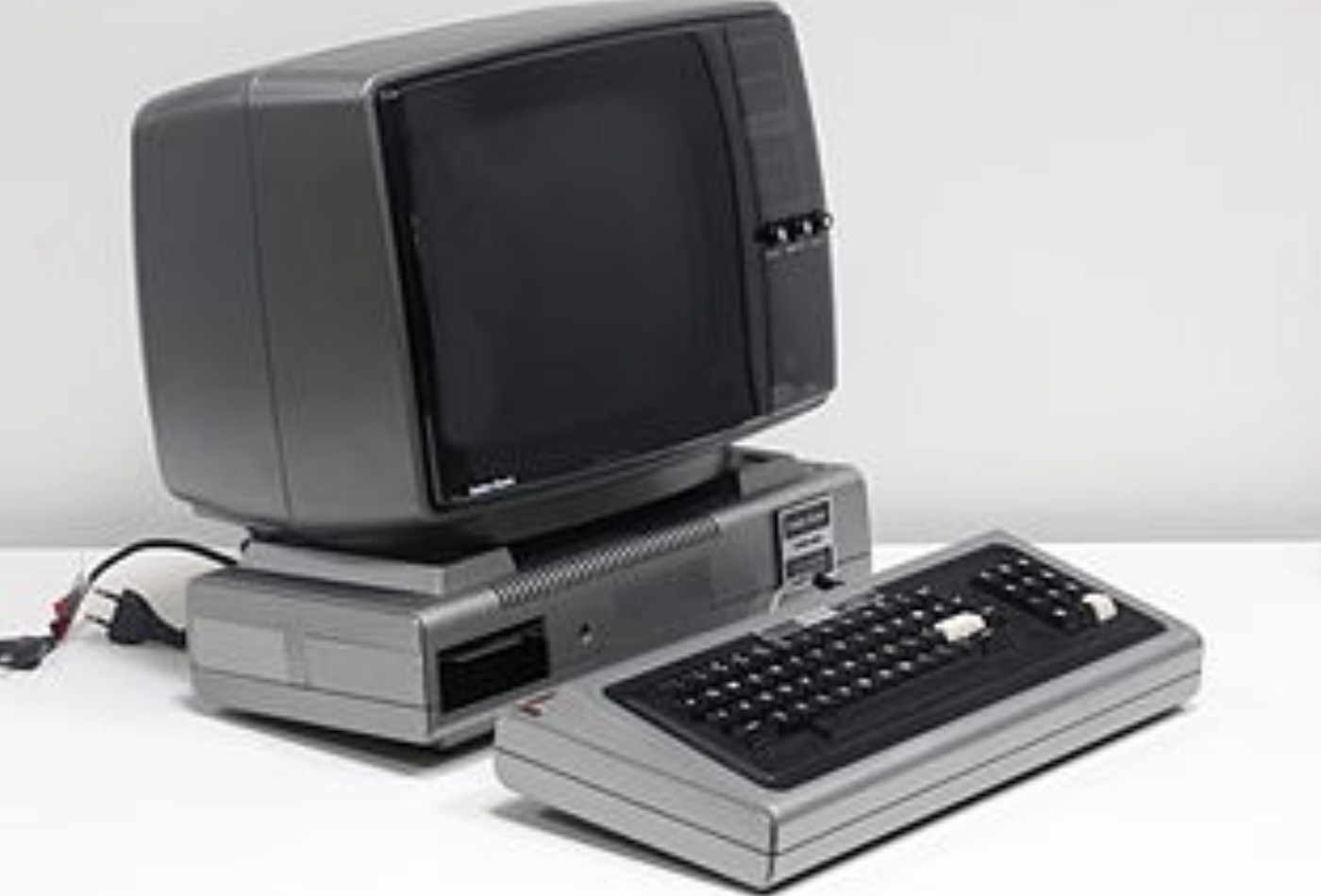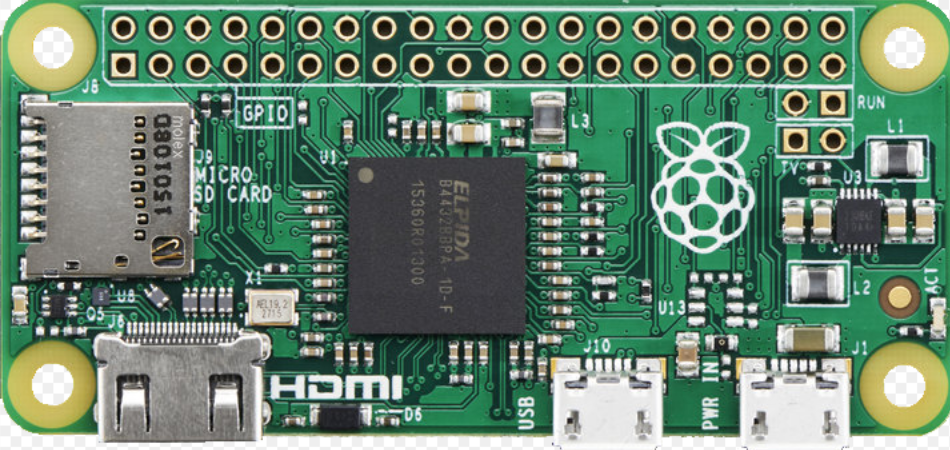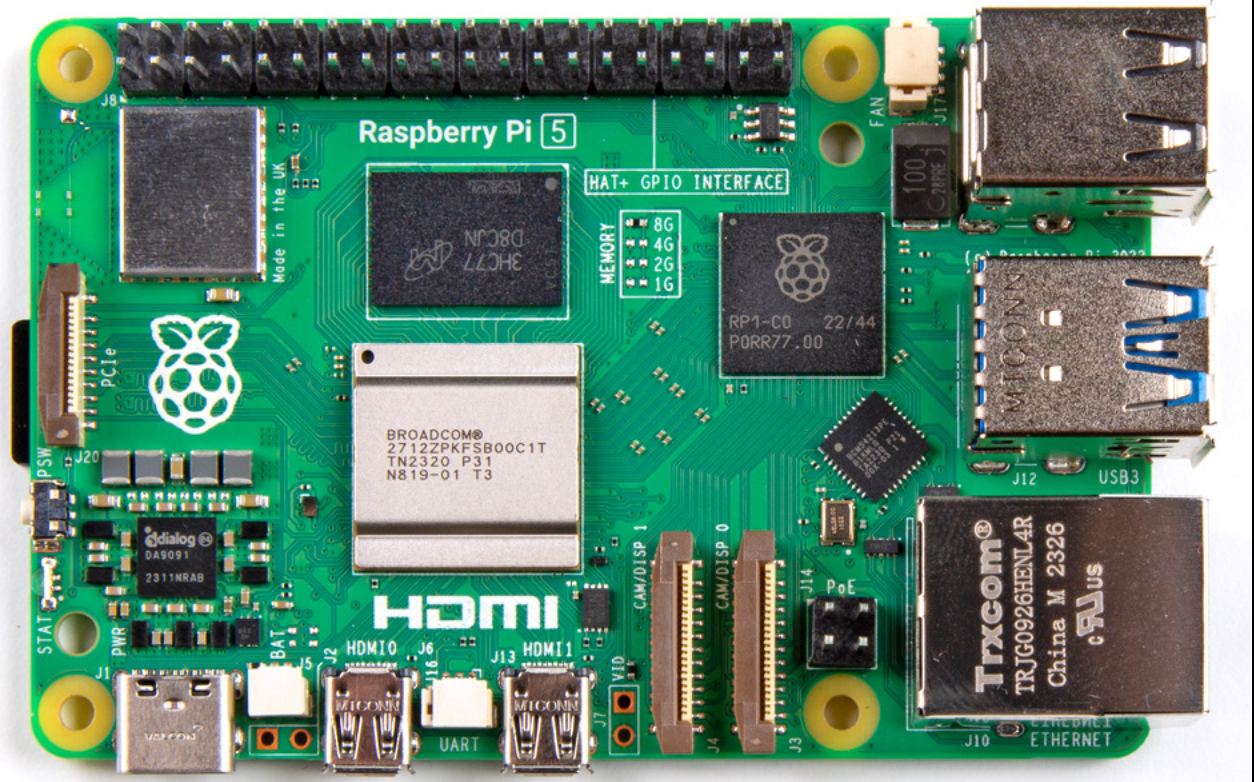What The Tech?! Raspberry Pi
Single-board computers made new technology more portable & affordable.
If you aren’t a medium member, you can read with no paywall via substack
As we’ve explored the What The Tech?! series, we’ve typically looked at technology that’s older with a longer-lasting legacy. The fact is though, that it’s not just old technology that’s helped shape and connect our modern world. There’s been plenty of new and recent pieces of technology that have helped us along the way as well.
In today’s article, we’ll be taking a look at one of the pieces of tech that helped turbocharger the Maker revolution and breathe new life into electronics and development. Used in the millions the world over, it saw a new lease on life during the days of the COVID pandemic, when it was used to power ventilators leading to rapid increases in the unit price.
It is, of course, the Raspberry Pi single-board computer system. Let’s check it out!
Single Board History
While the Raspberry Pi wouldn’t come to life until the late 2000s the reality is that early computer systems and research that wasn’t commercially related focused on small, easy-to-build systems that could be assembled by the end user at home. With electronic being nowhere near as small as they are in the current world, this meant that both assembly and repairs were available to the end user on a much larger scale.
Still, it was a different time then. Information was a lot harder to come by and realistically speaking, electronics components were nowhere near as affordable as they are today. Despite this though, hobbyist computing led to a revolution in technology and helped cement the personal computer’s role in everything from word processing to business development and gaming.
It’s worth mentioning these early systems because, despite the differences in specifications, they share a common value in that they used a simple architecture along with mass-produced technology to help keep computing an affordable and achievable hobby. They also embraced a simplicity in overall design, making them much more reliable albeit at a slight performance sacrifice.
The Early Pi’s
To best leverage the single board concept in the modern world though, the Pi had to achieve a few goals. Firstly, it had to be affordable, as educational programs didn’t have the luxury of using expensive hardware. It also had to be fun, without being overwhelmingly complex as that would detract from its main goal.
It’s worth mentioning that in the early days, the Pi as a concept was nothing like what we see today. Originally designed as a piece of hardware for education the designers had no way of foreseeing how popular that little computer would eventually become. Hobbyists the world over would embrace the Pi for all manner of projects and the original production requirements would sell repeatedly, leading to various stages.
Because of this the modern Pi 5 features far better specifications than its early relatives. For the time though, the original Model A was still pretty impressive. While it lacked Wi-Fi and had only 2 USB ports and an Ethernet Jack, it still provided a 700mhz processor, 256 MB of RAM and full access to the GPIO pins in a small, power-efficient form factor. When paired with its Linux-based Raspbian operating system and range of official sensors, it was a good option for home experimentation.
The Clones
The original footprint of the Pi would be shrunk in 2015 with the launch of the Pi Zero. Due to the popularity of the platform, we’d also start to see large numbers of clones launched at the same time.
We’d end up seeing Banana Pi’s and Orange Pi’s in both the original and zero format aiming to capitalise on the market dominance of the Pi. These would differ from other platforms like the Odroid and Beaglebone due to the similarities between designs. While these were often their own stand-alone designs, the clones would leverage designs that in some cases were nearly identical to the original design.
Despite this though, the Clones never really reached the same lofty heights as the original boards. While this would be for many reasons, one big part of this was due to the fact that no other platform supplied the community with the volume of resources that the Pi community received. So while the clones were often cheaper and more available, they often were far more glitchy or buggy than the OG product.
The market wants, what the market wants and even today the Pi remains popular to the point of shortages in many parts of the world.
Blistering Performance
Ever since the Pi 4, the machine has had increased performance specs. The 4 would be the first that would offer a selection in RAM sizing, with up to 8GB available in the top-shelf offering. It’s no lie to say though that in comparison to earlier designs, the Pi 5 is an absolute powerhouse. With 8GB of RAM, a Quad-Core Broadcom 2712 Chip, dual monitor capacity as well as provision for plenty of external sensors, the Pi 5 is almost overpowered for some projects.
If you’d like to try it out as a dedicated desktop device though, the Pi 5 is also the closest contender for that role out of any of the modern designs. While it does lack features in comparison to a dedicated desktop system, for light-duty roles similar to what you’d tackle with a Chromebook, the Pi is still great fun.
Give performance still comes at a cost, the Pi has long eclipsed its original, sub $50 marketing price. Despite this though, it’s not by much and the 4GB Pi 5 system would end up launching at around $60USD per unit. That’s a lot of machine for the money.
Into the Future
One of the more modern iterations of the Pi came with the Pi pico. Aiming to recreate a totally affordable option for small projects and micro python builds, the Pico would put a small board in anyone's pocket for the princely sum of around $8 USD. While it had nowhere near the power of its full-sized brother, the Pi Pico would eventually hit the market to great success.
So despite the popularity of the original board, the Pi team hasn’t rested on their laurels and has continued to press on with designs that benefit the community overall. Because of this, while we expect to see the full-size Pi grow in specifications with each new iteration, we can continue to see ongoing research and development into the small form factors as well.
One of the best parts about the Pi isn’t the boards though. It’s the wide range of affordable sensors and add-ons that exist in the community. These make Pi-based projects easy to tackle and we’ve seen an increase in the number of affordable addons for the Kits. It’s reasonable to assume that this pattern will continue as well.
Have you used a Pi for a home-based system or project? What did you build?
What The Tech is our recurring, twice-monthly piece that looks at the technology that was essential in shaping our modern world.
🌟 Enjoyed this article?
🟦 We’re now on Bluesky!
🔗 Articles we think you’ll like:
- What The Tech?! Rocket Engines
- OSINT Investigators Guide to Self Care & Resilience
✉️ Want more content like this? Sign up for email updates




















































